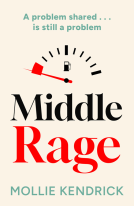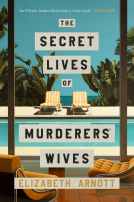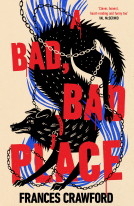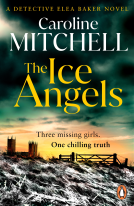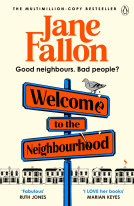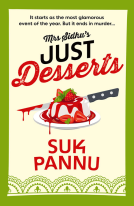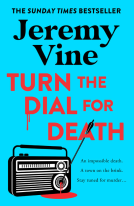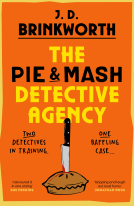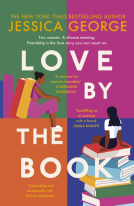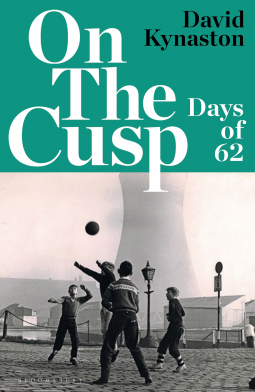
On the Cusp
Days of '62
by David Kynaston
This title was previously available on NetGalley and is now archived.
Send NetGalley books directly to your Kindle or Kindle app
1
To read on a Kindle or Kindle app, please add kindle@netgalley.com as an approved email address to receive files in your Amazon account. Click here for step-by-step instructions.
2
Also find your Kindle email address within your Amazon account, and enter it here.
Pub Date 2 Sep 2021 | Archive Date 2 Sep 2021
Bloomsbury Publishing Plc (UK & ANZ) | Bloomsbury Publishing
Talking about this book? Use #OntheCusp #NetGalley. More hashtag tips!
Description
The ‘real’ Sixties began on 5 October 1962. On that remarkable Friday, the Beatles hit the world with their first single, ‘Love Me Do’, and the first James Bond film, Dr No, had its world premiere in London: two icons of the future heralding a social and cultural revolution.
On the Cusp, continuing David Kynaston’s groundbreaking history of post-war Britain, takes place during the summer and early autumn of 1962, in the charged months leading up to the moment that a country changed. The Rolling Stones’ debut at the Marquee Club, the last Gentlemen versus Players match at Lord’s, the issue of Britain’s relationship with Europe starting to divide the country, Telstar the satellite beaming live TV pictures across the world, ‘Telstar’ the record a siren call to a techno future – these were months thick with incident, all woven together here with an array of fresh contemporary sources, including diarists both famous and obscure.
Britain would never be the same again after these months. Sometimes indignant, sometimes admiring, always empathetic, On the Cusp evokes a world of seaside holidays, of church fetes, of Steptoe and Son – a world still of seemingly settled social and economic certainties, but in fact on the edge of fundamental change.
Advance Praise
'David Kynaston is one of the great chroniclers of our modern story' - Sunday Times
'A master socioeconomic craftsman' - Guardian
'David Kynaston is one of the most prolific and admired historians of the modern age' - Daily Mail
Available Editions
| EDITION | Hardcover |
| ISBN | 9781526632012 |
| PRICE | £18.99 (GBP) |
Average rating from 8 members
Featured Reviews
 Media/Journalist 576826
Media/Journalist 576826
The latest instalment in David Kynaston’s brilliant ‘A New Jerusalem’ series, an overview of British History from 1945 to 1979 arrives in 1962. Written, he says, in lockdown it was meant to sweep up to 1967 but instead turns its focus on three months between June and October with Britian on “the real cusp” of the 60’s when the first Beatles single and the first James Bond film were released on the same day.
To call Kynaston’s works history or social history or micro history or indeed to plonk any label on them would miss the point. He casts a magpie’s eye over events picking out events, characters and movements, some big, some small, some seismic and others random and by putting them together creates a portrait of an era. If Adam Curtis has helped us reimagine the documentary sphere, Kynaston has done the same for history.
Thank you NetGalley and Bloomsbury for allowing me to read this terrific book.
 Reviewer 703837
Reviewer 703837
This is part of Kynaston’s popular, and on-going, history of postwar Britain. The summer of 1962 gets its own book because the author sees it as a turning point in many ways. It was a period in which the ‘state-of-the-nation’ debate certainly got going and in which the 1944 Education Act children were preparing for university, primed with new ideas. It was a point of equilibrium (‘On the Cusp’) between old and new, establishment deference and technocratic reformism, and with the Beatles and the Rolling Stones about to break through.
Kynaston has cobbled together a diverse mass of events from diaries and newspaper reports (from an enormous range of local papers). The breadth of his interest (and knowledge) is amazing: popular culture, (1962 saw the first outing for Steptoe and Son, Z Cars, and Dr Finlay’s Casebook) finance (the Eurobond is in the planning stages), architecture (town precincts and tower blocks are on the way), political rivalry (Macmillan’s ruthless cabinet reshuffle doesn’t prevent Labour turning the tide), farming (becoming more mechanical and industrial), sport (Bangor City beat AC Napoli 2-0), immigration (West London and West Yorkshire), and so on, …
Kynaston’s real skill is in managing the explanation of the individual episodes (like the controversial Pilkington Report that denounced commercial TV): he avoids mini-historical or interpretative lectures, instead preferring to build an explanation out of selected contemporary commentary and analysis. The result is hugely entertaining, never dull. Sandbrook’s popular history books make good use of this same method, but the level of detail in Kynaston’s book is even more diverse and fine-grained.
Perhaps the best way to characterise this book is a mix of the virtues of Peter Hennessy’s book on this period, Having it So Good (2007), which was a bit too tightly focused on Macmillan’s ‘night of the long knives’ and his plans for entry to the European Common Market, and Robert Hewison’s Too Much: Art and Society in the Sixties (1986), which provided a still-worth-reading study of the intellectual and cultural currents.
 Vanessa R, Reviewer
Vanessa R, Reviewer
This riveting series charting the post-war history and development of the country has reached 1962, the turning point between the lingering after-effects of the war and the emergence of the modern world we recognise today.
Particularly effective is the use of the Mass Observation diaries, which give a fascinating insight into the lives of ordinary people, and contribute to building a very ful and varied picture of everyday life beyond events reportd in the media.
I am a huge fan of this series, and cannot wait for the next instalment.
 Clara C, Educator
Clara C, Educator
This is such an interesting read. It was so insightful. We see 1960's Britain and all that we love from that era. The Beatles, Coronation Street, James Bond and Steptoe and Son. We see Britain struggling to recover post war and its political changes. It was a really insightful read, one I still think about regularly.
Readers who liked this book also liked:
Elizabeth Arnott
General Fiction (Adult), Historical Fiction, Mystery & Thrillers
Jane Fallon
General Fiction (Adult), Mystery & Thrillers, Women's Fiction
